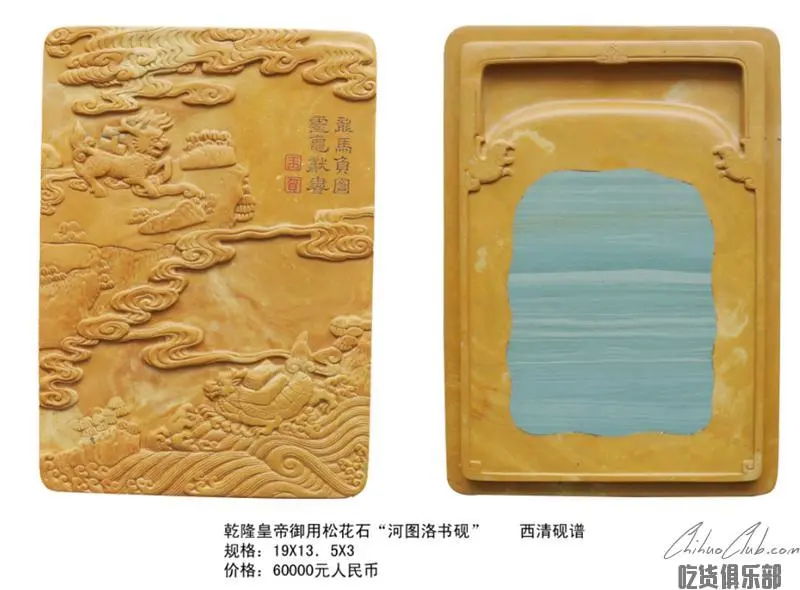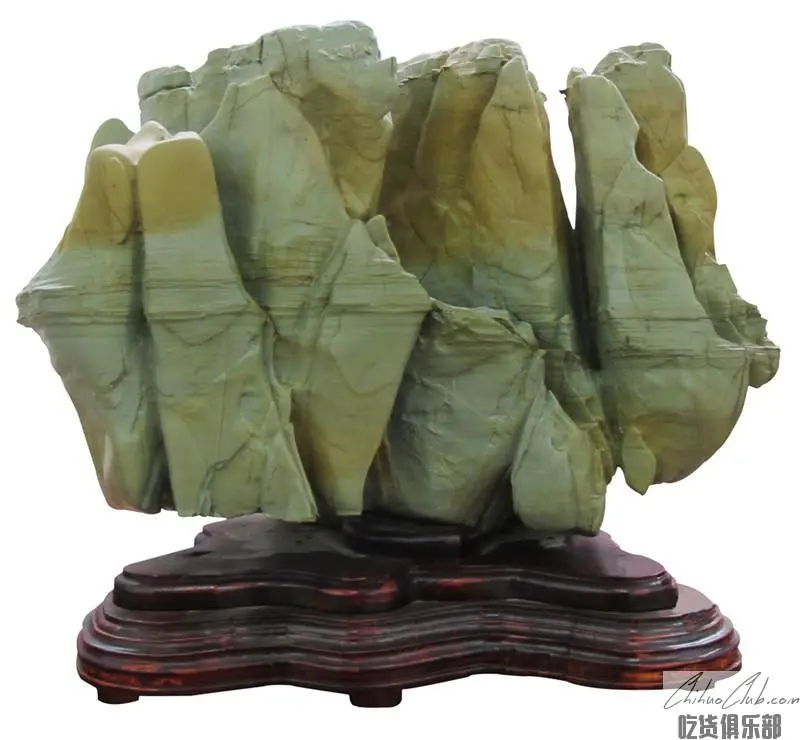baishanshi-xinjianjiedao specialty

The pine flower bud is made from the pine flower stone produced in the Changbai Mountain area of Jilin. The use of loose stone stone began in the late Ming Dynasty and was admired in the Qing Dynasty. Songhua 砚 is warm and jealous, green and flawless, firm and thin, color is tender and pure, slippery and irresistible to ink, 涩 涩 , , , , , , , , , , 松 松 松 松 松 松 松 松 松 松 松 松 松 松 松 松 松 松 松 松 松 松 松Emperor Kangxi appreciates Songhuayu, and seals it as “Yuyu”. It has been exclusively used by the court, and praised Songhuayu: “Shougu and quality, green and clear, and ink-free, so its treasure.

Songhua Stone is a unique ornamental stone with distinctive regional characteristics produced in the southeastern part of Jilin Province. For many years, Songhua Stone has its unique warm and moist like jade, green and flawless, firm and fine, with tender and pure characteristics and vivid and varied. The magical shape of the awe-inspiring work is deeply loved by the collectors of the Qing Dynasty and loved by the people of the modern collection. It is hailed as "a noble aristocratic woman stone and a treasure in the stone". Qing Emperor Qianlong, contemporary Buddhist master Zhao Puchu, and calligraphy and painting have all inscriptions, praised Songhua Stone.